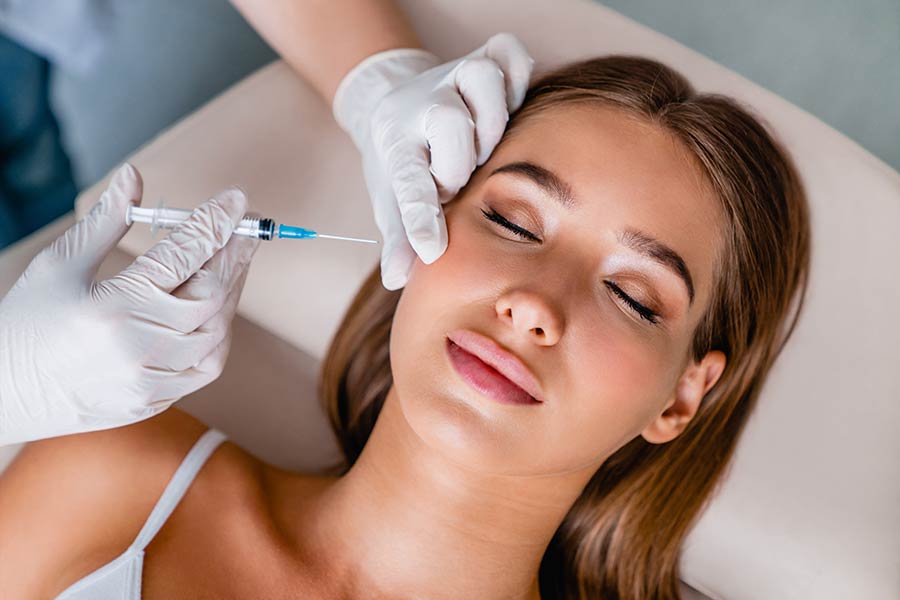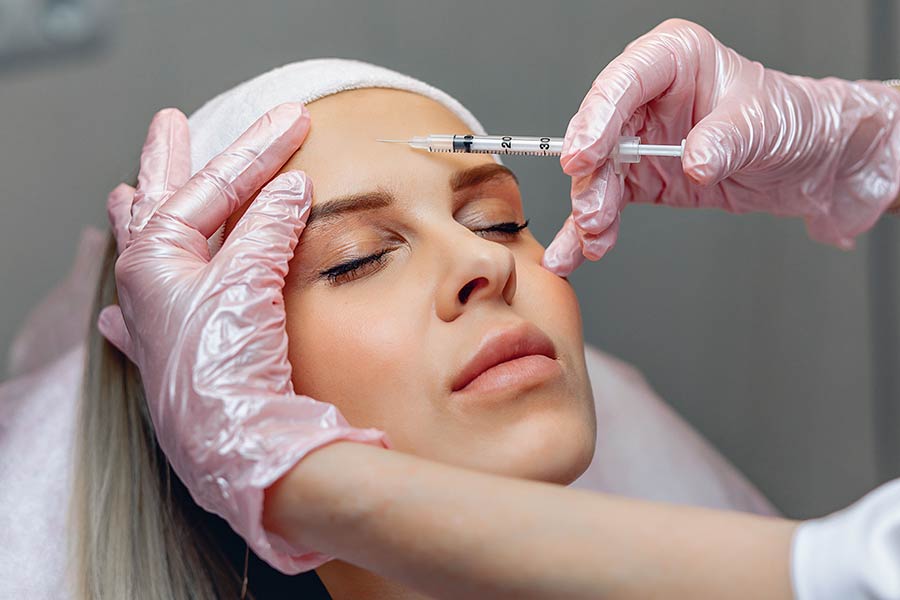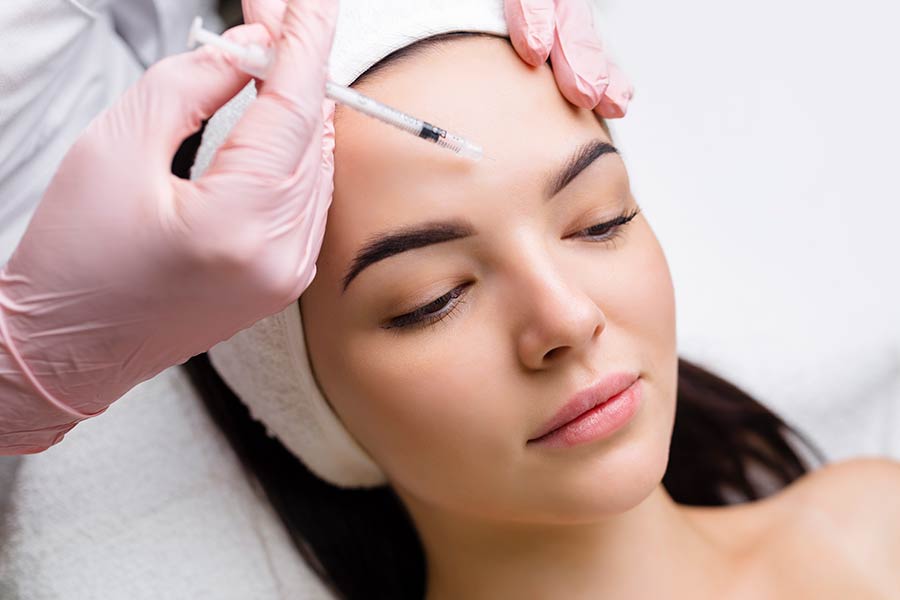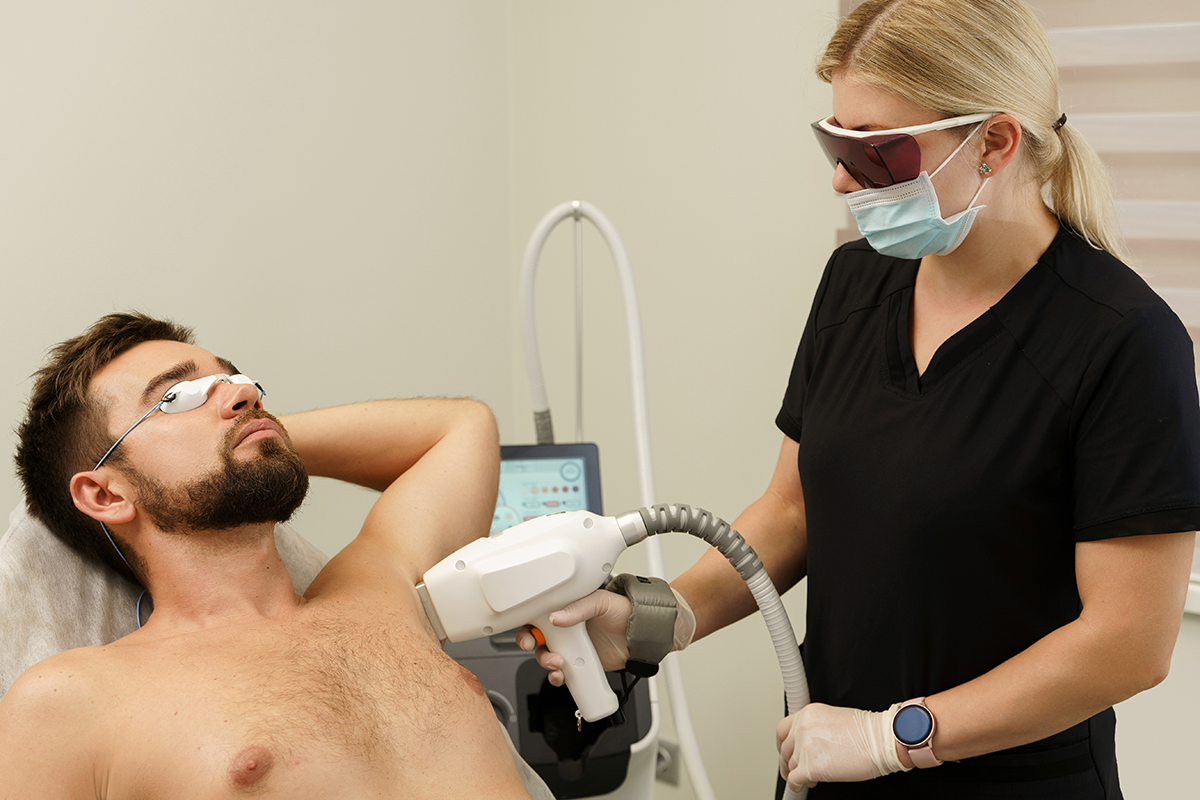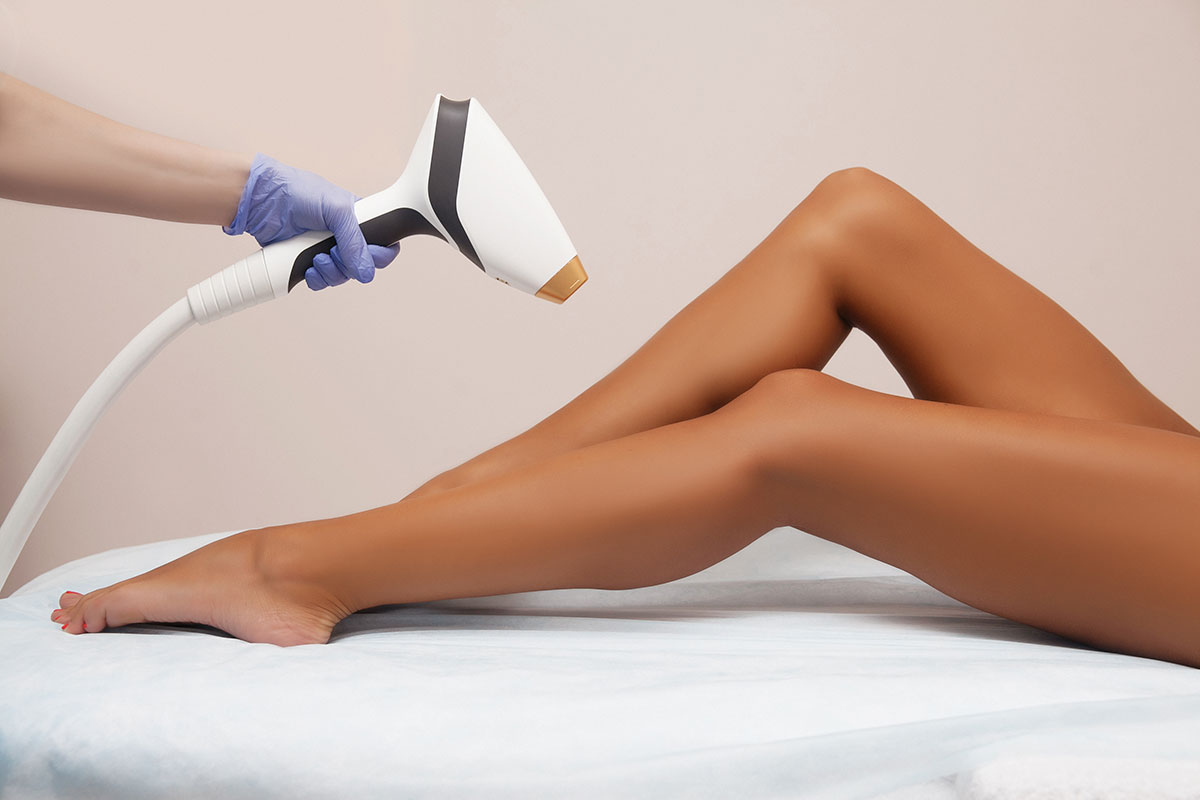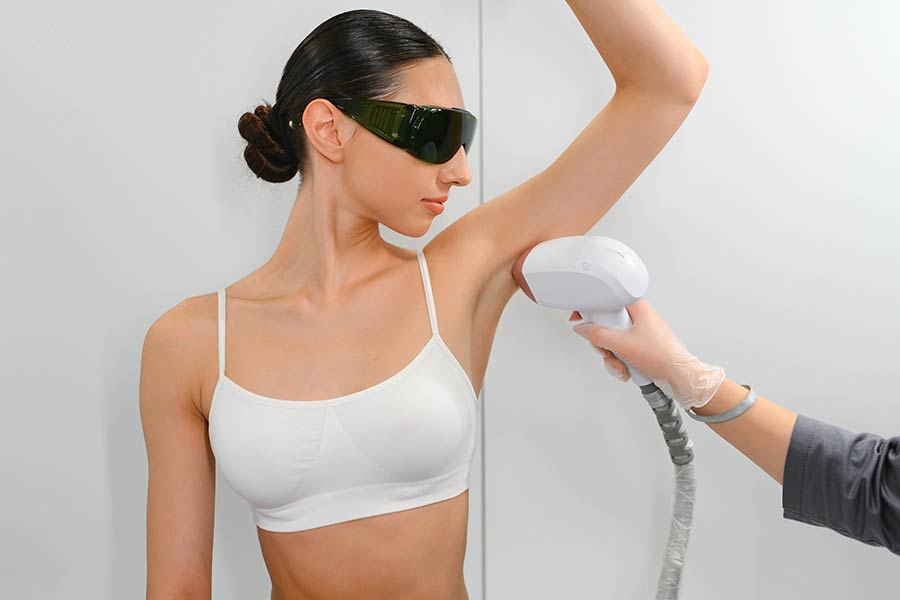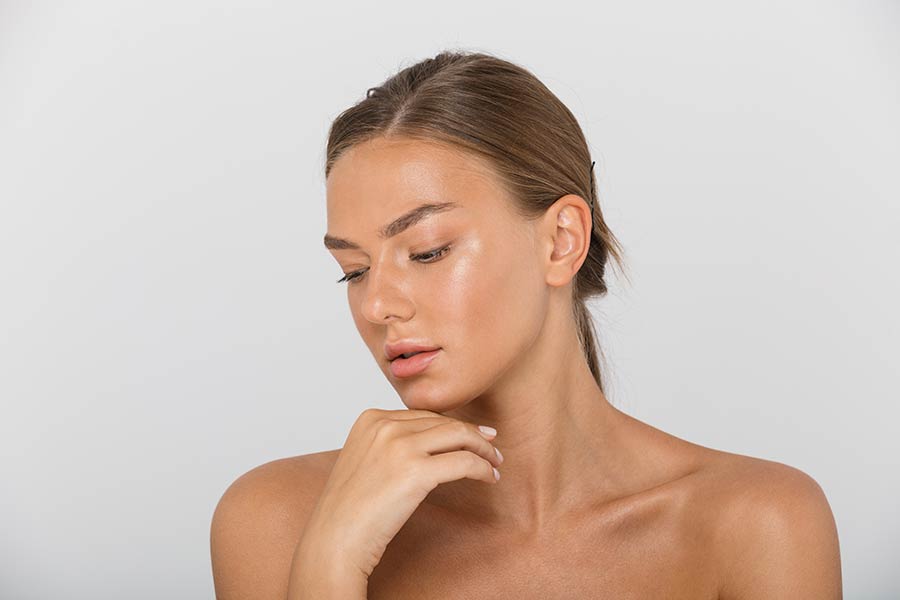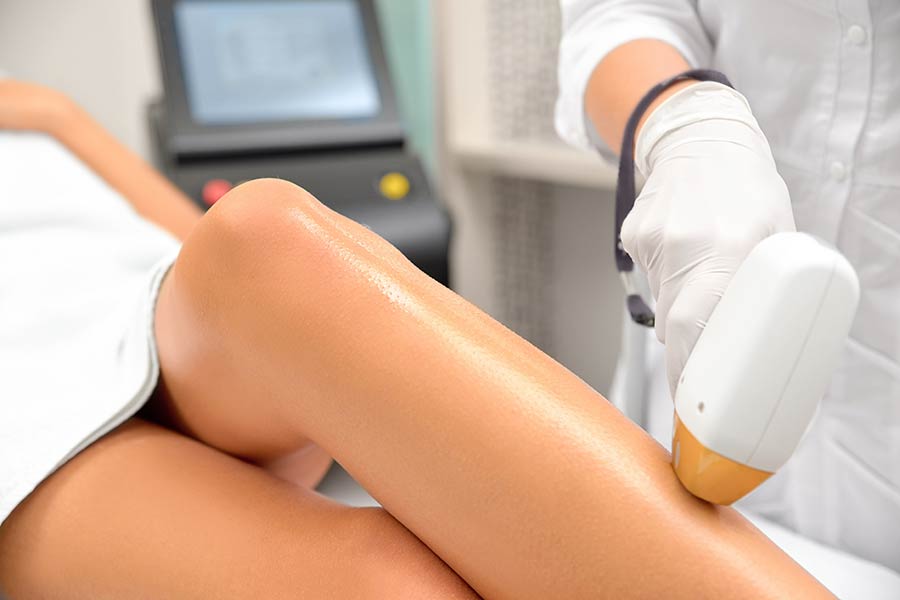Botox injections, once a groundbreaking medical treatment for various muscle-related conditions, have evolved into a popular cosmetic procedure aimed at reducing wrinkles and fine lines. This transformation began in the late 20th century when researchers discovered its potential for enhancing facial aesthetics. Today, it's not just celebrities embracing this trend; people from all walks of life are turning to Botox, a popular botulinum toxin treatment, and dermal fillers for a more youthful appearance through cosmetic use of botulinum toxin injections. While the idea of using Botox might seem daunting to some, understanding its history and how it has become a trusted method in cosmetic enhancement can demystify the process, making it an appealing option for those looking to refresh their look without invasive surgery.
Key Takeaways
- Botox is not just for cosmetic use; it also has medical applications such as treating migraines and excessive sweating.
- Before getting Botox, it's important to consult with a professional to ensure it's right for you and to understand the preparation steps.
- The procedure is quick, but knowing what to expect can ease any nerves and help you plan your day.
- Aftercare is crucial for the best results and to avoid any complications. Follow the advice given by your healthcare provider closely.
- Making an informed decision about Botox means weighing the benefits against the risks and considering your own health and beauty goals.
- Always choose a qualified and experienced provider for Botox injections to ensure safety and effectiveness.
Understanding Botox
Botox Basics
Botox is a drug made from a toxin produced by the bacterium Clostridium botulinum. Botox shots, a medicine known as botulinum toxin injections, are widely used for cosmetic purposes to reduce wrinkles and fine lines. Besides its cosmetic applications, Botox serves in treating various medical conditions like chronic migraine, muscle spasms, and excessive sweating.
Before opting for Botox injections, it's crucial to consult with a healthcare professional. They can provide personalized advice and ensure the botulinum toxin injections (Botox Cosmetic) treatment is safe for you, as your health care provider understands the patient's needs.
The journey of Botox from a potent toxin to a popular treatment option is fascinating. Initially discovered in the 1940s as a treatment for botulism, its cosmetic potential was recognized in the late 20th century, despite concerns about diffusion and adverse effects on the patient. This discovery marked the beginning of its evolution into the widely used product it is today.
How It Works
Botox works by temporarily paralyzing muscles. It blocks signals from the nerves to the muscles. As a result, the injected muscle can't contract. This makes wrinkles relax and soften.
The process begins with Botox being injected directly into neuromuscular tissue. It takes about 24 to 72 hours for Botox, a form of botulinum toxin injections for cosmetic use, to take effect, although full effects might not be visible until two weeks after treatment for a patient under care.
Safety and Efficacy
Clinical studies have consistently shown that Botox is both safe and effective when administered by a qualified professional. These studies debunk common misconceptions that Botox (botulinum toxin) treatments for cosmetic use, through injection, are unsafe or lead to unnatural facial expressions with proper care.
Compared to other cosmetic procedures, Botox has a strong safety profile. Its effects are temporary, reducing the risk of long-term complications with the use of botox cosmetic injection, a botulinum toxin.
Clinical Studies
Recent clinical trials have further solidified Botox's standing in medical and cosmetic fields. These studies reveal significant improvements in patients treated with Botox, a botulinum toxin injection used for various conditions affecting the muscle, highlighting its statistical significance and use.
Long-term data also supports the safety and efficacy of repeated Botox use over time. Patients report sustained benefits with minimal side effects from botox cosmetic botulinum toxin injection use, proving its value as a long-term treatment solution.
Cosmetic Benefits
Diminishing Lines
Botox injections stand out for their ability to smooth fine lines and wrinkles. They temporarily paralyze the muscles, reducing the appearance of wrinkles. Forehead lines, crow's feet around the eyes, and frown lines between the eyebrows see significant improvement with botox cosmetic, a botulinum toxin injection that relaxes the muscle. Many people report looking more refreshed and less tired.
Patients often express high satisfaction with Botox for cosmetic uses. Studies show that most individuals see noticeable results within a week after treatment. The effects of the botox cosmetic injection, which uses botulinum toxin, can last up to four months, depending on the person.
Anti-Aging Effects
Beyond just diminishing lines, Botox offers broader anti-aging benefits. It can enhance skin texture and tone, giving a more youthful appearance overall through botox cosmetic, a botulinum toxin injection. This is because Botox relaxes facial muscles, leading to less frequent and intense folding of the skin.
Another key benefit is its preventative action against new wrinkles. By limiting muscle movement, Botox helps delay the development of future lines. This makes botox cosmetic, an injection of botulinum toxin, a popular choice not only among older adults but also younger individuals seeking to maintain their youthful look longer.
Eye Condition Solutions
Botox's utility extends to treating certain eye conditions like blepharospasm (uncontrollable blinking) and strabismus (crossed eyes). It works by relaxing the muscles around the eyes through a botox cosmetic injection of botulinum toxin, which can significantly reduce symptoms and improve eye function.
Patients with these chronic conditions often experience an improved quality of life after receiving Botox treatments. The relief from constant eye discomfort and improved visual performance are substantial benefits that contribute to patient satisfaction following botox cosmetic botulinum toxin injection.
Medical Applications
Migraine Relief
The FDA gave Botox the green light for chronic migraine prevention in 2010. This approval of botox cosmetic, an injection of botulinum toxin, came after studies showed its effectiveness in reducing the frequency and severity of migraines. By blocking neurotransmitters that carry pain signals from your brain, Botox can prevent migraines before they start.
Many patients report significant improvements. They say their migraine episodes, treated with botox cosmetic (botulinum toxin), are less frequent and not as intense. This makes Botox a game-changer for those struggling with chronic migraines.
Excessive Sweating
Botox offers a solution to people suffering from hyperhidrosis, or excessive sweating. It works by temporarily blocking the chemical signals from the nerves that stimulate sweat glands. The most common areas treated with botulinum toxin are the underarms, hands, feet, and face.
Patients find relief for up to six months after treatment. This makes daily activities and social interactions more comfortable without worrying about excessive sweating, thanks to botulinum toxin.
Incontinence Solutions
Overactive bladder symptoms can be debilitating. Botox provides relief by being directly injected into the bladder muscle. This helps relax the bladder with botulinum toxin, increasing its storage capacity and reducing episodes of leakage.
The procedure, involving botulinum toxin, is quick, and many patients experience improved symptoms for up to six months. They often express high satisfaction with this treatment option for managing urinary incontinence.
Neck Discomfort
For those suffering from chronic neck pain or cervical dystonia, Botox can offer relief by relaxing tense muscles in the neck. This botulinum toxin treatment approach can significantly reduce discomfort and improve movement.
Success stories abound with patients experiencing reduced pain and increased mobility due to botulinum toxin. These outcomes highlight Botox's potential beyond cosmetic applications to improve quality of life.
Preparing for Treatment
Choosing a Provider
Selecting the right provider is crucial for safe and effective botulinum toxin (Botox) treatments. Look for a professional with proper credentials like board certification in dermatology or plastic surgery. They should have extensive experience with Botox injections. Patient reviews can offer insights into their expertise and patient satisfaction.
It's risky to receive Botox from someone without the right qualifications. Unqualified individuals may not follow proper injection techniques when administering botulinum toxin, leading to complications or unsatisfactory results.
Pre-Treatment Steps
Before your Botox session, you'll need a consultation. The provider will assess your skin and discuss your aesthetic goals, including botulinum toxin. It's important to disclose your medical history and current medications during this meeting. Some conditions or medicines can affect how your body responds to Botox.
You might be advised to make some changes before botulinum toxin treatment. For example, avoiding alcohol or certain supplements can reduce bruising. Stopping smoking can also improve your skin’s health and treatment outcomes.
What to Expect
Set realistic expectations for your Botox treatment. Results vary based on individual factors like skin condition and age. Most people see improvements within a few days of botulinum toxin treatment, but it can take up to two weeks for full effects.
Many patients worry about the procedure being painful or uncomfortable. However, most find it quick and relatively painless, thanks to small needles and skilled providers.
The Procedure
Injection Techniques
Providers must have high skill and precision for Botox injections. They study facial muscles closely. This helps them decide the best spots for botulinum toxin injection to get the results you want.
The right technique is key to avoid side effects and make sure you look your best. Providers use special methods, including botulinum toxin, to target just the right areas. This makes sure the Botox works well.
During Treatment
During a Botox session, patients often wonder what to expect. Most treatments take 15 to 30 minutes. You might feel a quick pinch or sting at each botulinum toxin injection site.
But, don't worry. The discomfort is usually minor. Many people say it's easier than they thought it would be.
Immediate Aftercare
After getting Botox, there are a few things you should do to help with healing. Your provider will give you tips like not touching your face much and staying upright for a while after receiving botulinum toxin. These help the Botox stay in the right spot and work its magic.
Avoiding exercise and heat for 24 hours is also important. This helps prevent swelling and bruising. Following these aftercare steps is crucial for the best outcome after botulinum toxin treatment.
Post-Treatment Care
Recovery Tips
After receiving Botox injections, taking it easy is key. Rest and limit facial movements to help the botulinum toxin treatment settle properly. Avoid rubbing or massaging the treated areas, as this can cause the Botox to spread to unintended muscles.
Most people return to their daily activities immediately after the procedure. However, strenuous physical activity should be avoided for at least 24 hours after receiving botulinum toxin to minimize swelling and bruising.
e might experience headaches or mild discomfort. Over-the-counter pain relievers and cold packs can manage these symptoms effectively. If you have concerns during recovery, reach out to your healthcare provider for guidance.
Side Effects
Common side effects of botulinum toxin include redness, bruising, and mild swelling at the injection sites. These usually subside within a few days. Applying ice can help reduce swelling and discomfort.
Rarely, more serious side effects from botulinum toxin may occur, such as difficulty breathing or swallowing. It's crucial to monitor your symptoms closely in the days following treatment. Contact a healthcare provider immediately if you notice anything unusual or concerning.
Remember, each person's reaction to Botox can vary. Being aware of your body's response helps ensure a safe recovery process.
Duration of Effectiveness
Botox's effects typically last between three to six months. Factors like metabolism rate, the area treated, and muscle strength influence the duration of botulinum toxin effects. Over time, repeated treatments may lead to longer-lasting results due to muscle conditioning.
Patients often wonder about the need for ongoing treatments. While Botox (botulinum toxin) is not a permanent solution, regular sessions can maintain its aesthetic benefits. Discuss with your provider how often you should schedule appointments based on your specific goals and response to treatment.
Making an Informed Decision
Expectations vs. Reality
Many people think Botox will erase all wrinkles instantly. This isn't true. Botox smooths lines but results vary among individuals. Some see dramatic improvements, while others notice subtle changes.
A consultation is key. It helps set realistic expectations. Your doctor can predict outcomes based on your skin and health history.
Potential Complications
Botox, a form of botulinum toxin, has rare side effects, like bruising or drooping eyelids. These are usually temporary. Choosing a skilled provider reduces these risks significantly.
Long-term use concerns some patients. Yet, research shows Botox, derived from botulinum toxin, remains safe over time with proper care.
Advantages Overview
Botox offers many benefits beyond wrinkle reduction. It provides relief from medical conditions like chronic migraines and excessive sweating through the use of botulinum toxin. Its non-invasive nature makes it a popular choice over surgery.
Patients often feel more confident after treatment. This boost in self-esteem is a significant emotional benefit.
Closing Thoughts
Botox injections offer a versatile solution for both cosmetic enhancements and medical treatments. You've seen how they can smooth wrinkles, ease migraines, and even help with excessive sweating. Preparing properly and following post-treatment care are key steps to ensure you get the best results with minimal discomfort. Making an informed decision means understanding the benefits, weighing them against any potential risks, and choosing a qualified professional for your botulinum toxin procedure.
Now's the time to take action. If you're considering Botox (botulinum toxin), reflect on how it aligns with your personal health and beauty goals. Remember, your journey towards a more confident self starts with a single step. Reach out to a healthcare provider today to discuss whether Botox is right for you. Let this be the moment you choose to invest in yourself.
Frequently Asked Questions
What is Botox and how does it work?
Botox, a purified protein derived from botulinum toxin, is used to temporarily relax facial muscles, reducing the appearance of lines and wrinkles. It blocks nerve signals in the muscles where it's injected, preventing them from contracting.
What are the cosmetic benefits of Botox injections?
Botox injections smooth out wrinkles and fine lines, offering a more youthful appearance. Common areas treated with botulinum toxin include forehead lines, crow's feet around the eyes, and frown lines between the eyebrows.
Can Botox be used for medical conditions?
Yes, beyond cosmetic uses, Botox (botulinum toxin) treats several medical conditions, including chronic migraines, excessive sweating (hyperhidrosis), muscle spasticity, and some bladder disorders by relaxing overactive muscles or glands.
How should I prepare for a Botox treatment?
Avoid alcohol and anti-inflammatory/blood-thinning medications for at least a week before treatment to reduce bruising. Consult with your healthcare provider for personalized advice.
What does the Botox procedure involve?
The procedure involves injecting small amounts of Botox into specific facial muscles using a fine needle. It's quick, typically taking about 10 minutes, and requires no anesthesia for botulinum toxin injections.
What is involved in post-treatment care after receiving Botox?
Post-treatment care includes avoiding rubbing or massaging the treated areas for 24 hours to prevent spreading the toxin. Also, stay upright for 4 hours after your session and avoid strenuous physical activity for a day.
How do I make an informed decision about getting Botox?
Research qualified providers with experience in administering Botox injections. Understand potential side effects of botulinum toxin and set realistic expectations by discussing your goals with a healthcare professional during consultation.

